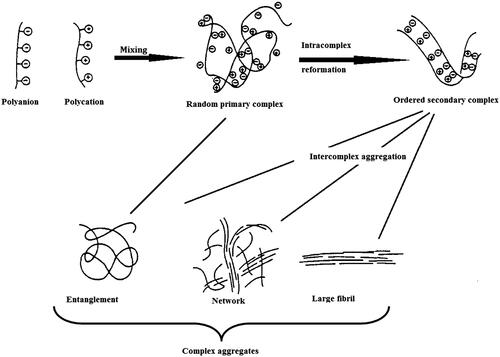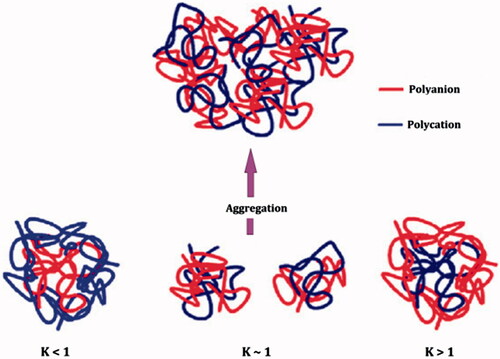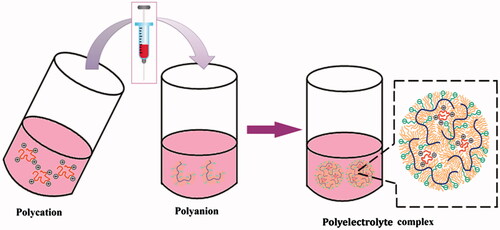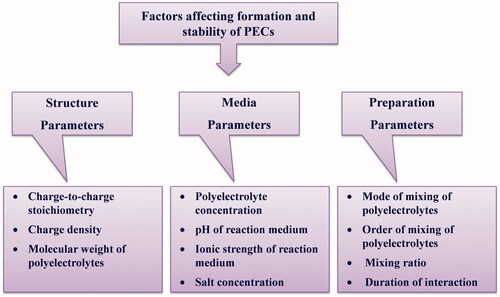Figures & data
Table 1. List of natural and synthetic polymers having PEC-forming potential.
Table 2. Applications of PECs as drug delivery carriers.
Table 3. Selected examples of PECs in gene delivery applications.
Table 4. Applications of PECs in protein and peptide delivery.
Table 5. Patents pertinent to PECs.





